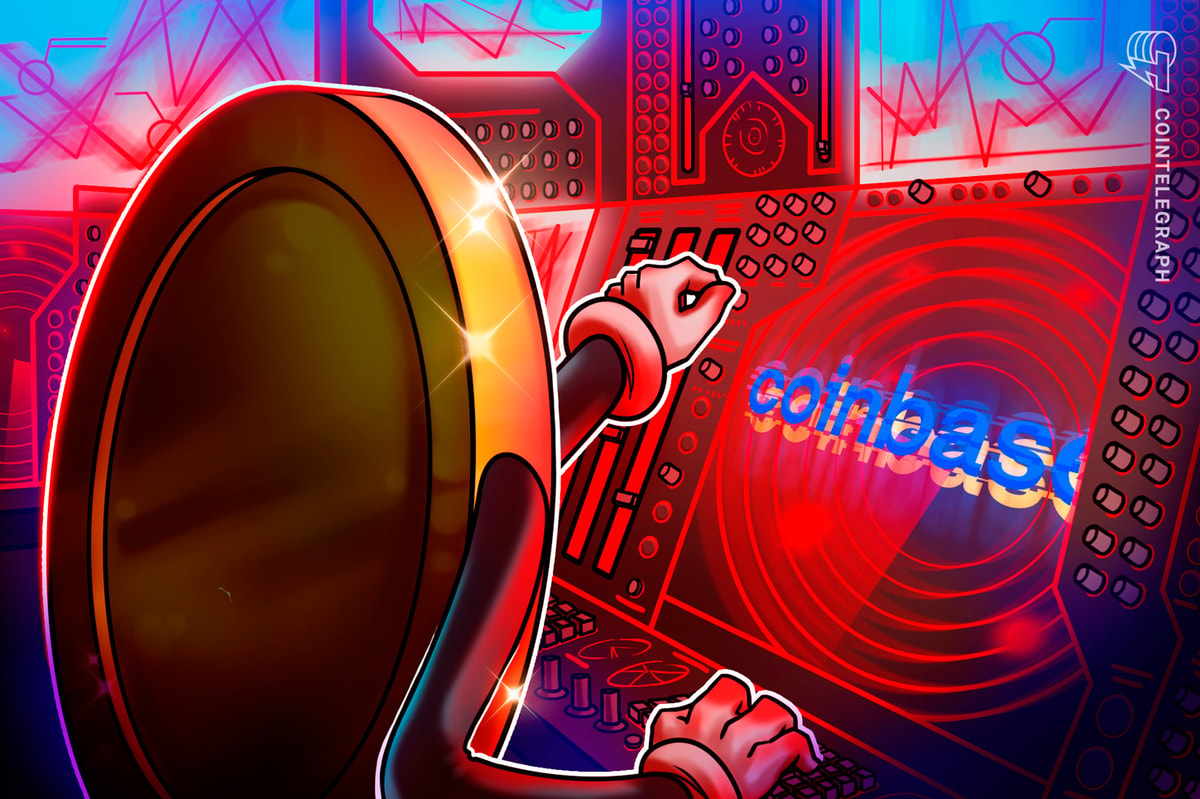
BlueCoin is very serious about their chosen theme. Taking cue from the cultural antics of the Dogecoin community, the founders of BlueCoin have been trying to give it something of a personality. They announced an official BlueCoin afterparty to the North American Bitcoin Conference on BitcoinTalk with a blue-tinted model, and others dressed in BlueCoin superhero-esque outfits were there to amuse guests.
So what’s it all about? BlueCoin has nothing to do with colored coins, the Bitcoin 2.0 application. Like RedCoin, BlackCoin, WhiteCoin, YellowCoin and others, BlueCoin is another alternative cryptocurrency that backers claim is superior to Bitcoin, and hope will come to supplant it. A new block is generated every minute, yielding faster transaction confirmations, and the mining difficulty adjusts each time so that it increases more smoothly.
Of course, that doesn’t explain their focus on the color blue, and the catchphrase #BecauseBlue is almost deliberately uninformative.I asked Charlie Shrem about it, and he said it’s all about water:
“We have a joke in the BlueCoin community: ‘to the sea’ instead of ‘to the moon. The BlueCoin community sees water as the essence of life, and clean water can produce crops, give people the ability to drink and wash themselves, and provide jobs.”
3 of BLU are premined, and in keeping with BlueCoin’s theme, some of that has been given to core members of the community to spend on water-related charities (the rest go to paying bounties for helping to build the cryptocurrency). The most talked about charity so far is the Blue Wells Project, which aims to build wells across Africa and distribute straws containing water filters. The BlueCoin community hopes to provide clean water in places that need it, and is planning more such projects.
BlueCoin was also designed to support environmentalism in general. It uses X11 for its proof-of-work mining algorithm, which requires considerably less electricity than other scrypt algorithms. It’s actually a combined chain of 11 different hash functions, which has the side effect of decentralizing the mining network: each of the 11 different functions have different computational requirements, which requires versatile hardware like personal computers and makes specialized mining equipment more difficult to engineer.
At block 50,000, proof-of-stake block generation begins. For those not yet aware, proof-of-stake is an alternative method of securing the blockchain: the power to create blocks and decide when transactions are validated goes to those who hold onto their bluecoins. As a reward for doing this, they earn 5 interest per year on all of their “staked” coins. This shifts BlueCoin mining away from power-consuming processors entirely, requiring nothing more than the storage space for your BlueCoin client and private keys.
This also makes a 51 attack even more unlikely, since one would have to control both the majority of mining power (already made difficult by X11) and the majority of the BLU. The bluecoins they require to do so would have no utility whatsoever once the attack was accomplished, and the value of bluecoins would skyrocket in response. A proof-of-work miner can acquire more equipment on his or her own, but a proof-of-stake attacker needs to buy BLU from community members who might realize what’s going on.
Given the enthusiasm at their afterparty, it’s hard to imagine them parting with all those bluecoins willingly. The question is, can it really catch up to Bitcoin in adoption, or will BlueCoin turn out to be a passing crypto fad?









